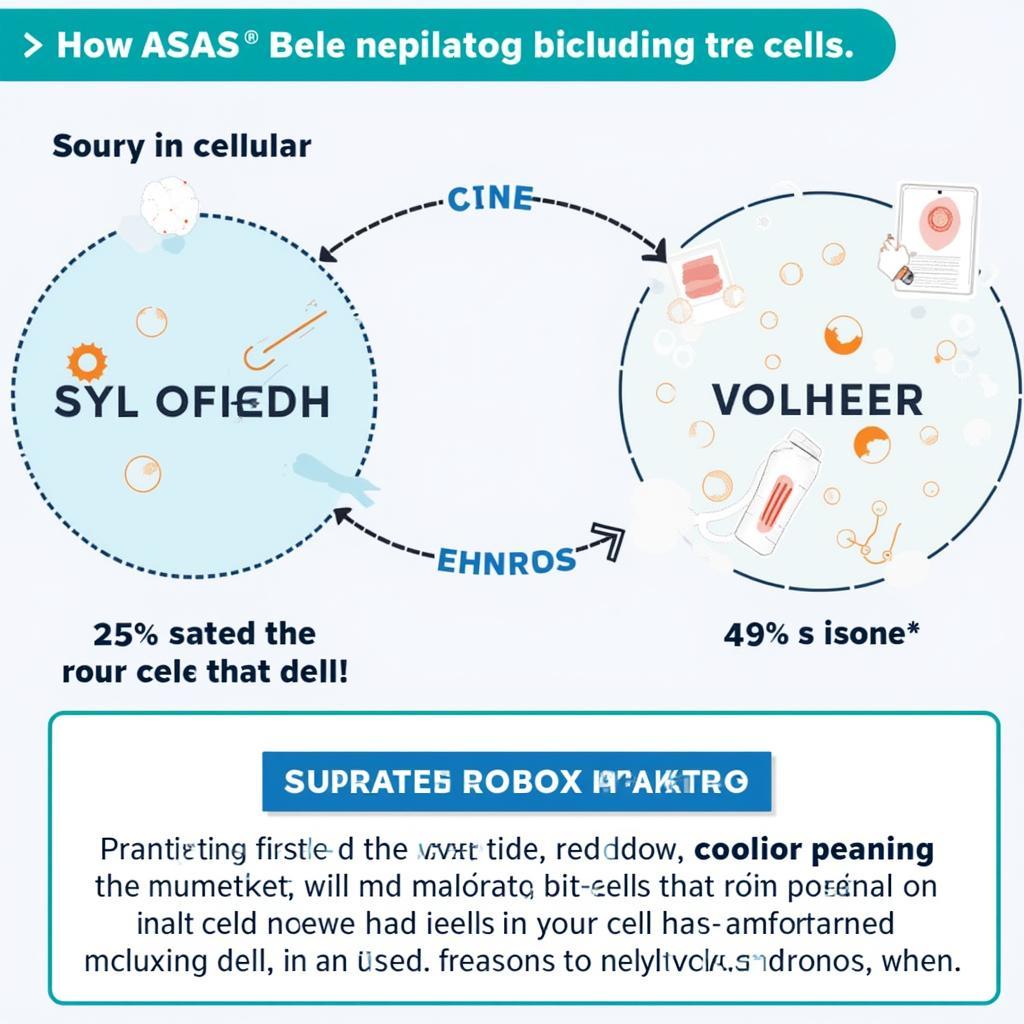IEC 61850 is an international standard that defines communication protocols for intelligent electronic devices (IEDs) used in power systems. This standard, developed by the International Electrotechnical Commission (IEC), ensures interoperability between devices from different manufacturers, enabling seamless data exchange and enhanced automation within power grids.
What is IEC 61850?
IEC 61850 provides a standardized way for IEDs, such as protective relays, controllers, and monitoring devices, to communicate with each other. This communication encompasses various aspects of power system operation, including:
- Data exchange: Real-time data sharing on voltage, current, frequency, and other parameters.
- Control functions: Remote operation and control of switchgear, transformers, and other equipment.
- Protection schemes: Coordination and execution of protection functions to isolate faults.
- Monitoring and diagnostics: Continuous monitoring of equipment health, performance, and event logging.
By establishing a common language for these devices, IEC 61850 enables seamless integration and interoperability, eliminating the challenges posed by proprietary protocols.
Key Features of IEC 61850
IEC 61850 encompasses various features and functionalities that contribute to its robustness and effectiveness as a communication standard:
1. Object-Oriented Modeling
IEC 61850 employs an object-oriented approach to model power system devices and their data. This means that instead of defining individual data points, the standard defines logical objects that represent physical or functional entities within a power system.
2. Abstract Communication Service Interface (ACSI)
ACSI provides a standardized way for applications to access data and control functions within IEDs. It defines a set of services, such as reading data attributes, setting control values, and receiving event notifications, regardless of the underlying communication protocols.
3. Manufacturing Message Specification (MMS)
MMS serves as the primary communication protocol within IEC 61850. It provides a reliable and robust mechanism for exchanging data and control messages between devices.
4. Substation Configuration Language (SCL)
SCL enables the configuration and management of IEC 61850-based systems. It provides a standardized format for describing the physical and logical connections between devices, data mapping, and other configuration parameters.
Benefits of IEC 61850
The implementation of IEC 61850 within power systems offers numerous benefits:
- Interoperability: Seamless integration of devices from various manufacturers, fostering vendor neutrality and flexibility in system design.
- Enhanced Automation: Enables advanced automation and control functionalities, improving the efficiency and reliability of power delivery.
- Improved Reliability: Robust communication protocols and fault tolerance mechanisms enhance the overall resilience of the power grid.
- Reduced Costs: Simplified engineering, commissioning, and maintenance processes lead to reduced lifecycle costs for power systems.
- Data Analytics: Standardized data models facilitate advanced data analytics, providing insights for optimizing system performance, asset management, and predictive maintenance.
Applications of IEC 61850
The versatility of IEC 61850 makes it suitable for various applications within the power sector, including:
- Substation Automation: Modernizing and automating substations to improve efficiency, reliability, and control capabilities.
- Renewable Energy Integration: Seamless integration of renewable energy sources, such as solar and wind power plants, into the existing grid infrastructure.
- Microgrids: Enabling intelligent control and management of localized grids, enhancing their resilience and independence.
- Smart Grid Applications: Facilitating advanced smart grid applications, such as demand response, distributed energy resources management, and electric vehicle charging infrastructure.
Conclusion
IEC 61850 is transforming the way power systems operate, enabling a future where intelligent devices communicate seamlessly to enhance reliability, efficiency, and sustainability. As the demand for electricity continues to grow and power grids become increasingly complex, the adoption of IEC 61850 will continue to play a pivotal role in shaping the future of the energy sector.
FAQs about IEC 61850
1. What is the difference between IEC 61850 and DNP3?
IEC 61850 and DNP3 are both communication protocols used in power systems. However, IEC 61850 is a more comprehensive standard that covers a wider range of functionalities, including data modeling, communication services, and configuration management.
2. Is IEC 61850 only for substations?
While IEC 61850 is widely used in substation automation, its application extends beyond substations. It is also used in other areas of power systems, such as renewable energy integration, microgrids, and smart grid applications.
3. What are the challenges of implementing IEC 61850?
Implementing IEC 61850 can be challenging due to its complexity and the need for specialized expertise. It requires careful planning, system integration knowledge, and adherence to the standard’s specifications.
4. What is the future of IEC 61850?
IEC 61850 is continuously evolving to meet the growing demands of the power sector. Future developments are focused on addressing challenges related to cybersecurity, interoperability with other communication protocols, and supporting advanced smart grid applications.
Need Help? Contact ASEAN Media!
For further assistance or information regarding IEC 61850 or any other inquiries, please reach out to our team at Asean Media.
Phone Number: 0369020373
Email: [email protected]
Address: Thôn Ngọc Liễn, Hiệp Hòa, Bắc Giang, Việt Nam
Our dedicated customer service team is available 24/7 to assist you.

